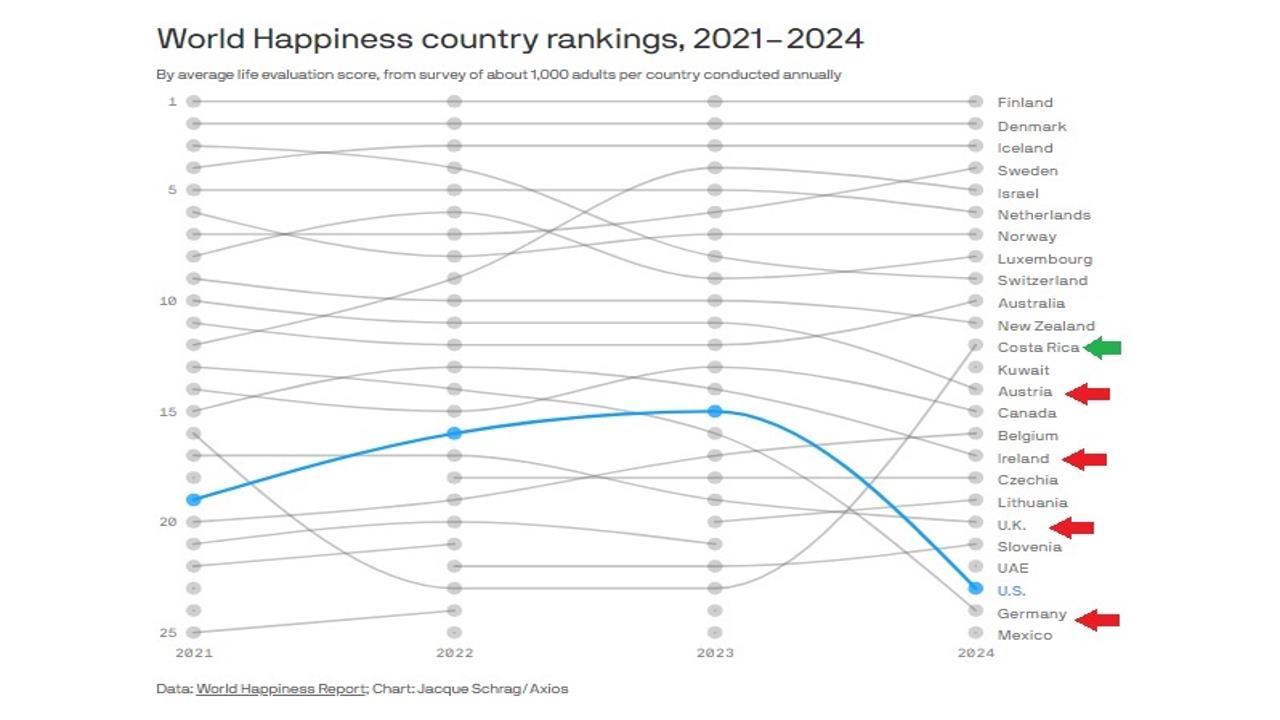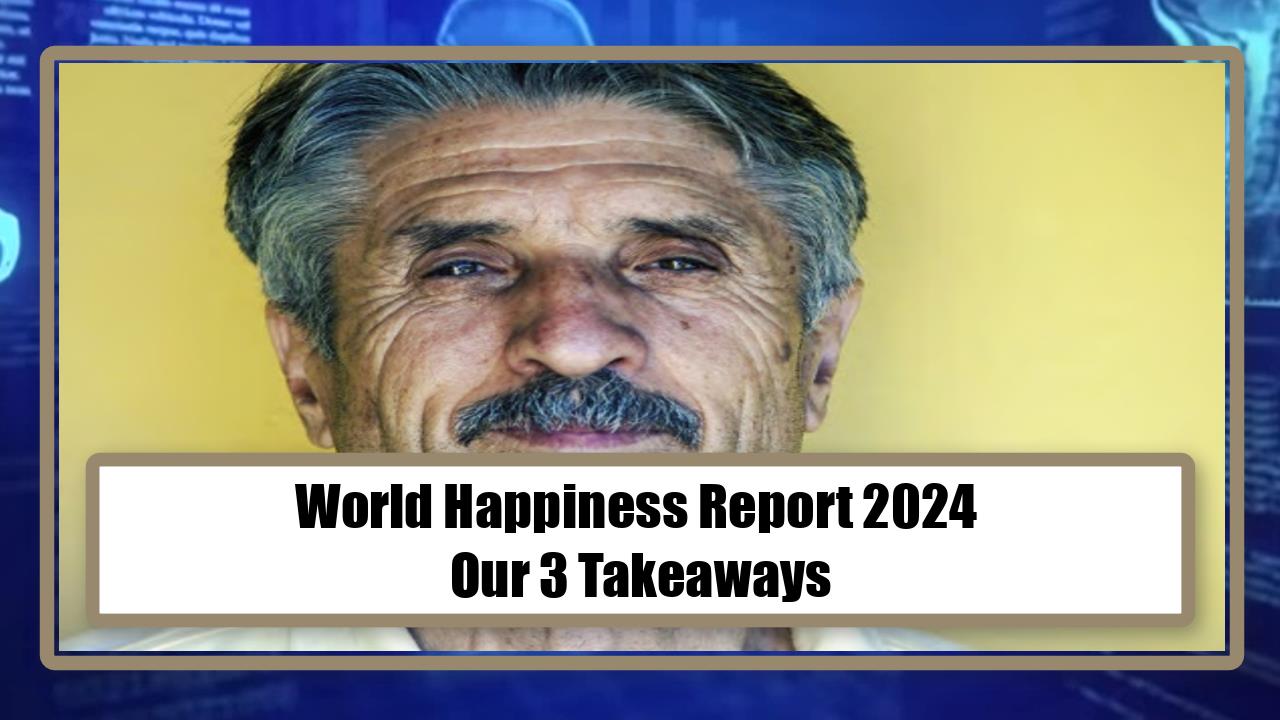Video:
Take our online poll:
AI Analysis:
The relationship between the happiness of a country and the likelihood of revolution and potential conflict is complex and multifaceted. Research in this area draws from various disciplines, including sociology, psychology, political science, and economics.
Here are some key points that help elucidate this relationship:
Happiness and Stability:
Happiness as a Buffer: Higher levels of happiness and life satisfaction within a population often correlate with greater political and social stability. When people feel content and perceive their lives positively, they are less likely to support or engage in revolutionary activities or conflicts.
Contentment and Trust: Happy citizens tend to trust their governments and institutions more, reducing the likelihood of civil unrest. Trust in institutions is a crucial factor in maintaining stability.
Economic Factors:
Economic Prosperity: Economic well-being is a significant determinant of happiness. Prosperous countries with lower levels of poverty and unemployment generally report higher happiness levels, which can reduce the incentives for conflict and revolution.
Inequality: High levels of economic inequality, even in otherwise prosperous countries, can lead to dissatisfaction and unrest. Perceived or actual injustices and disparities can erode happiness and fuel revolutionary sentiments.
Political Systems:
Democratic Governance: Democracies, where citizens feel they have a voice and their rights are respected, often have happier populations. The ability to change leadership through elections reduces the need for revolutionary change.
Autocratic Regimes: In contrast, autocratic regimes may suppress dissatisfaction through force, but underlying unhappiness can lead to sudden and violent revolutions when suppression mechanisms fail.
Social and Cultural Factors:
Social Cohesion: Strong social networks and community ties contribute to individual happiness and collective stability. Societies with high social cohesion are less prone to conflict.
Cultural Attitudes: Cultural attitudes towards conflict, authority, and change also play a role. In some cultures, revolutionary change may be seen as a necessary path to improvement, while in others, gradual reform is preferred.
Historical Context:
Historical Grievances: Countries with a history of conflict, colonization, or oppression might have ingrained grievances that impact current happiness and the propensity for revolution.
Transitions: Nations undergoing significant transitions (e.g., post-colonial states, newly democratizing countries) often experience fluctuations in happiness levels and stability, sometimes leading to conflict if the transition is not well-managed.
Examples and Case Studies:
Nordic Countries: Often cited as examples where high levels of happiness correlate with stability and low levels of conflict. These countries combine economic prosperity, low inequality, strong social safety nets, and democratic governance.
Arab Spring: Demonstrates how low happiness, driven by economic hardship, political repression, and lack of opportunities, can lead to widespread revolutionary movements and conflict.
In conclusion, while higher happiness levels generally correlate with reduced likelihood of revolution and conflict, the relationship is influenced by economic conditions, political systems, social cohesion, cultural factors, and historical context. Addressing these underlying factors holistically is essential for fostering both happiness and stability within a country.
Chart:

References:


Comments